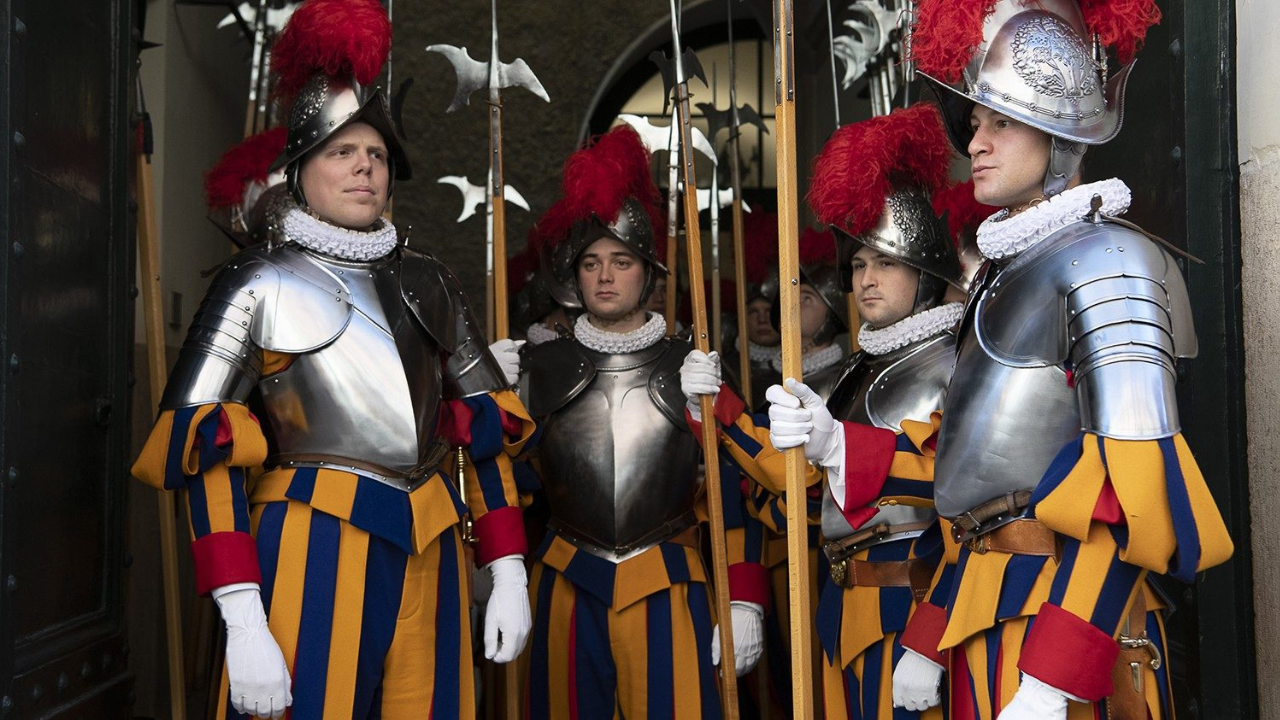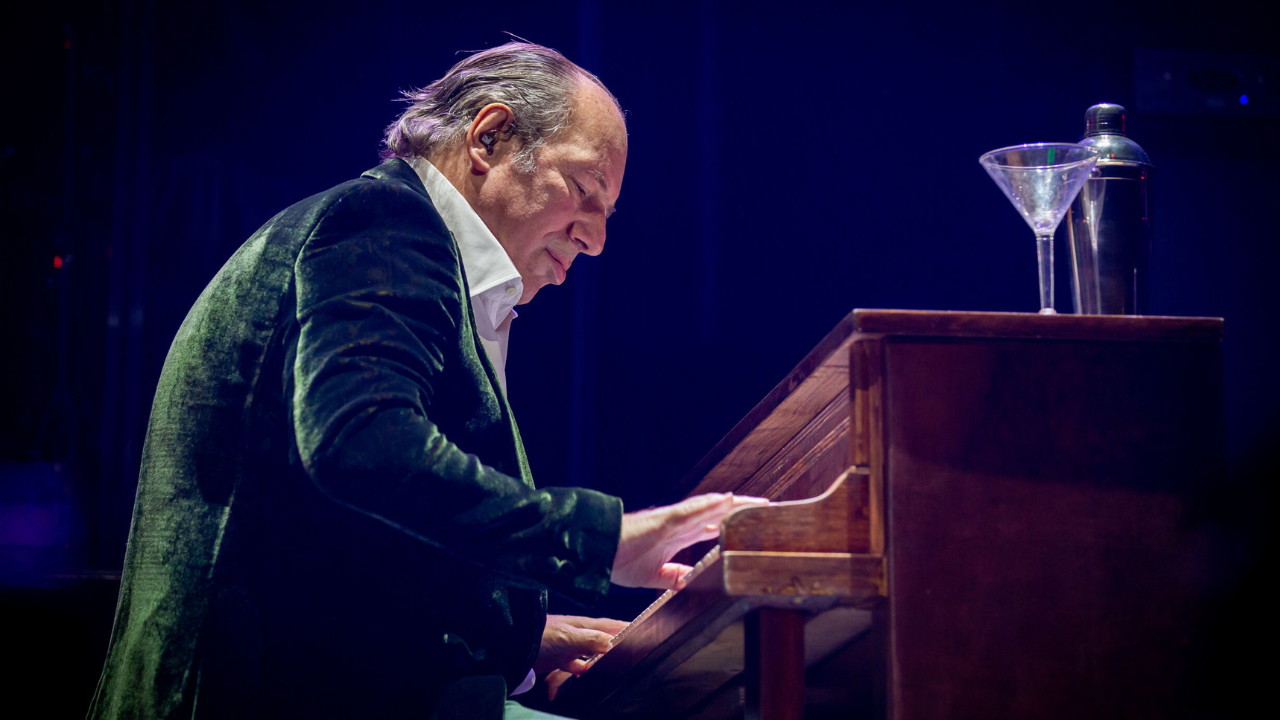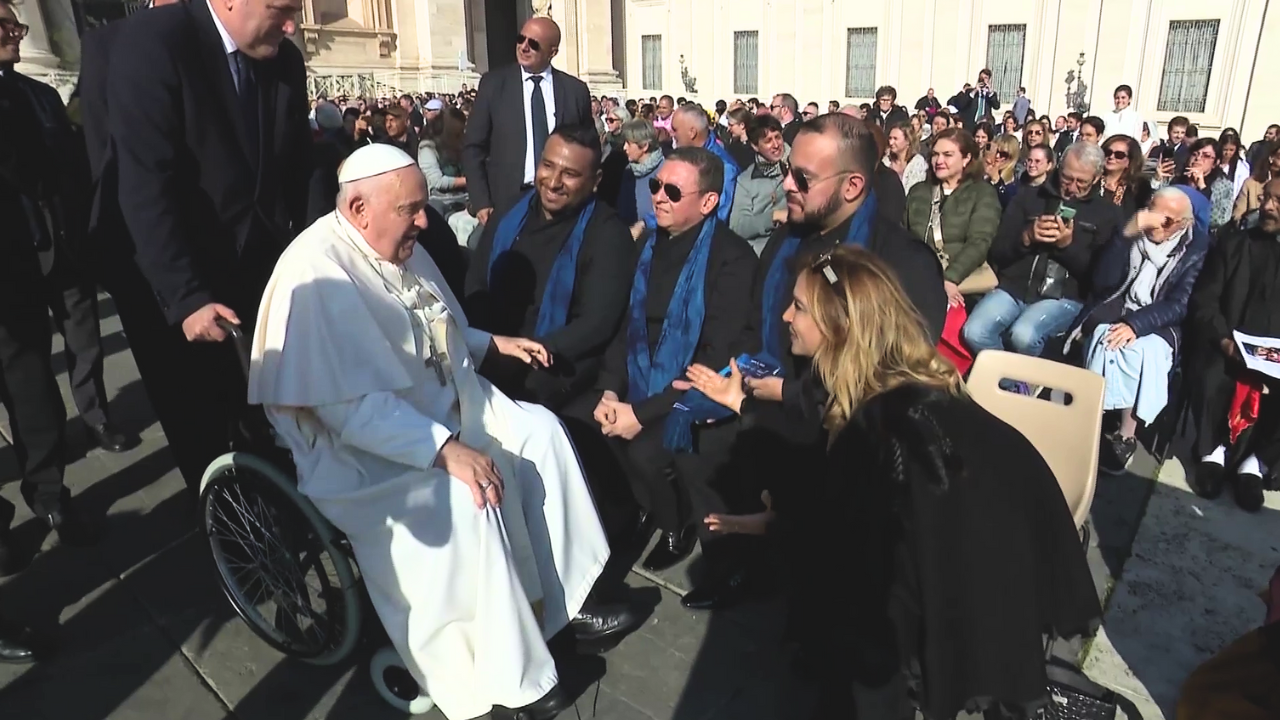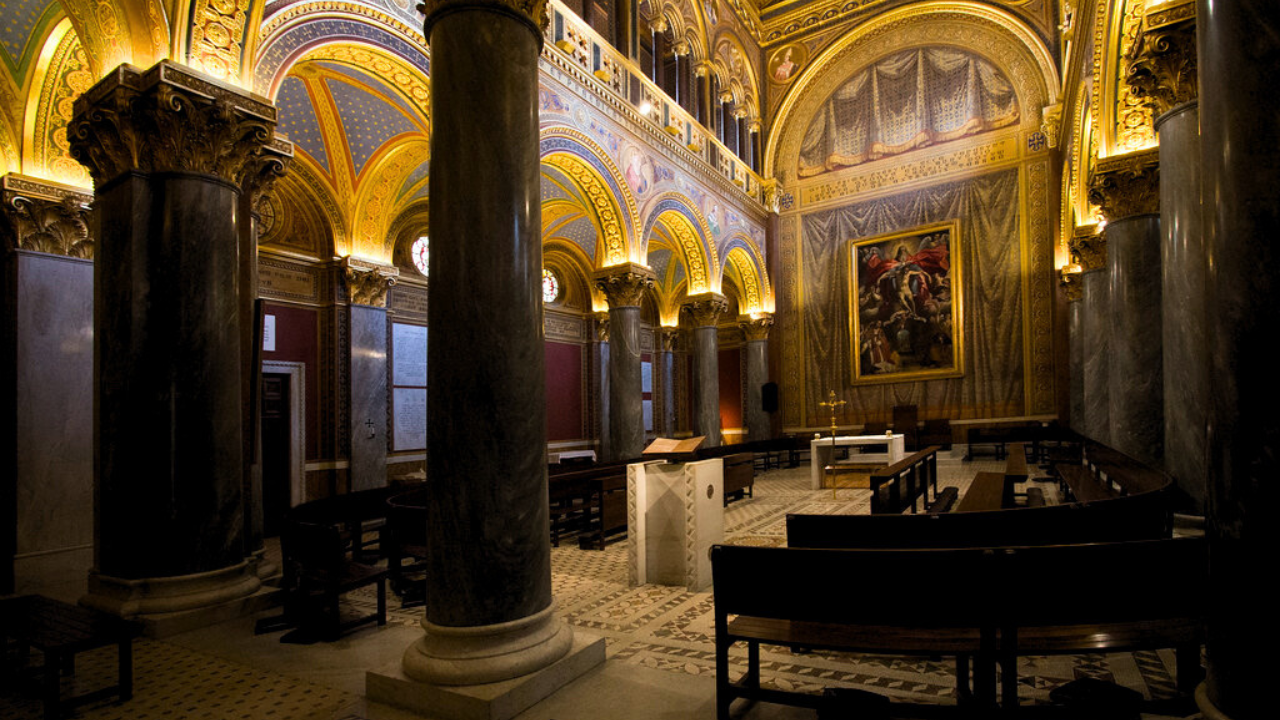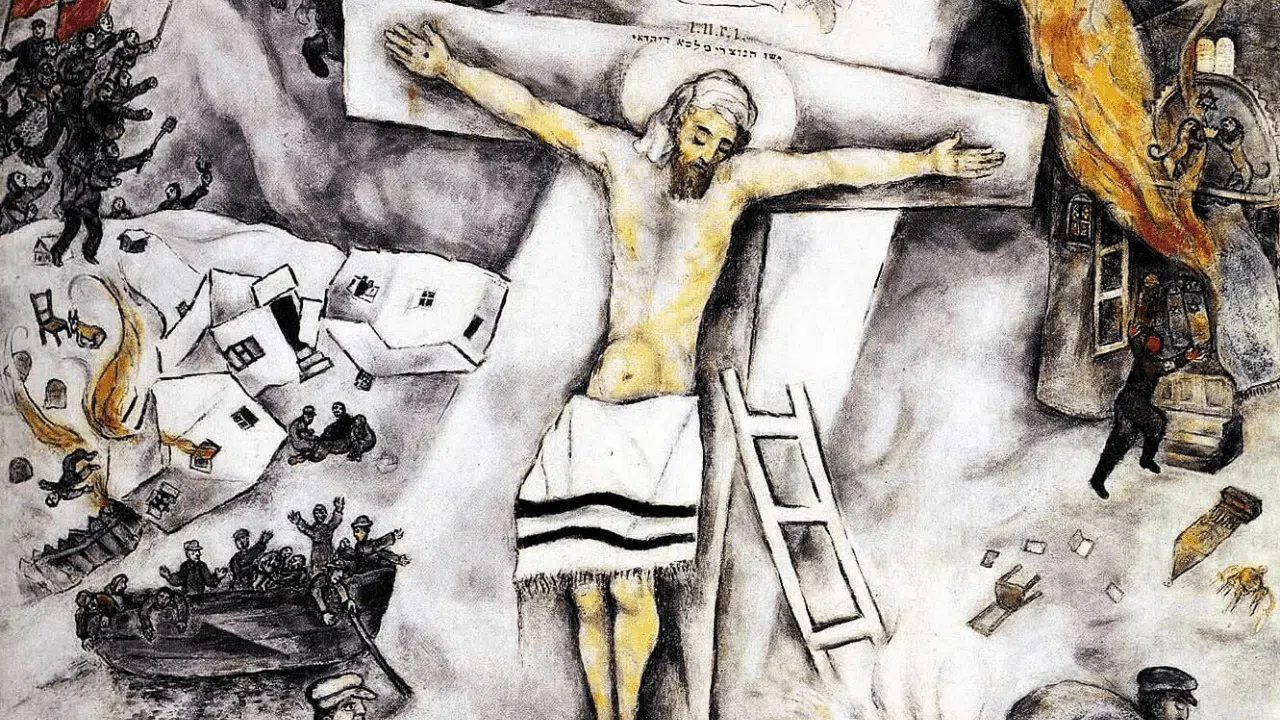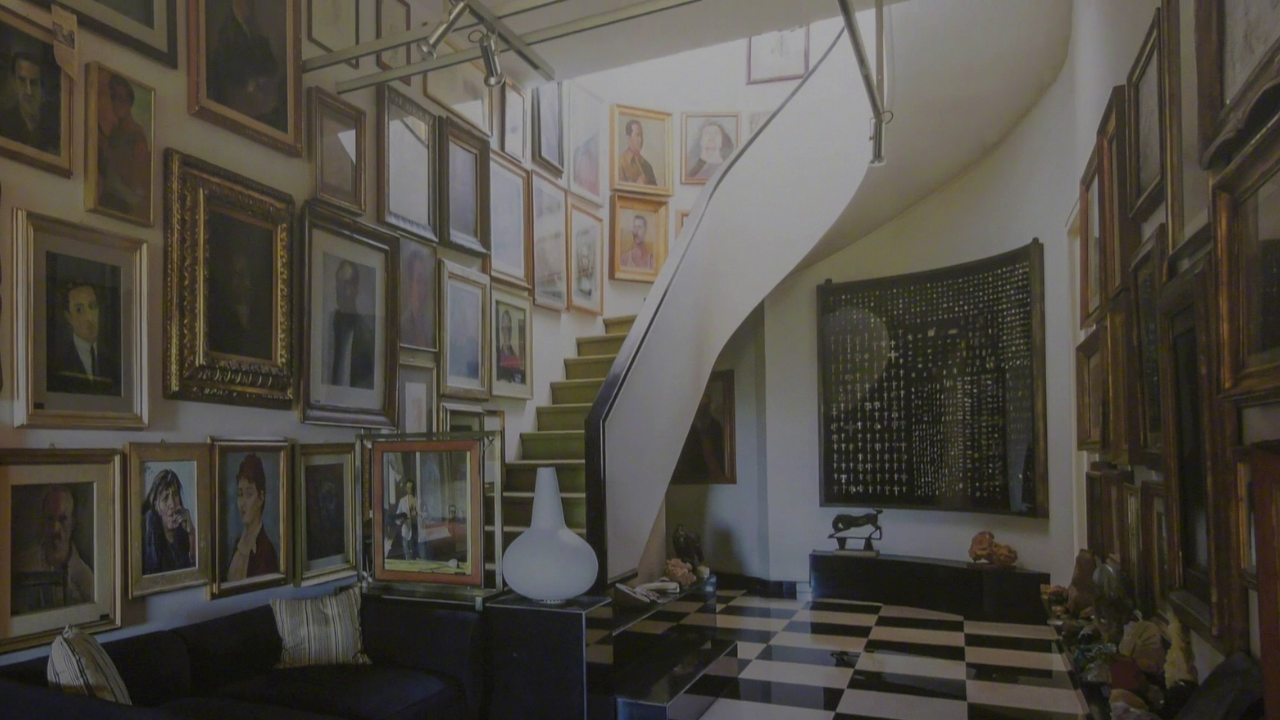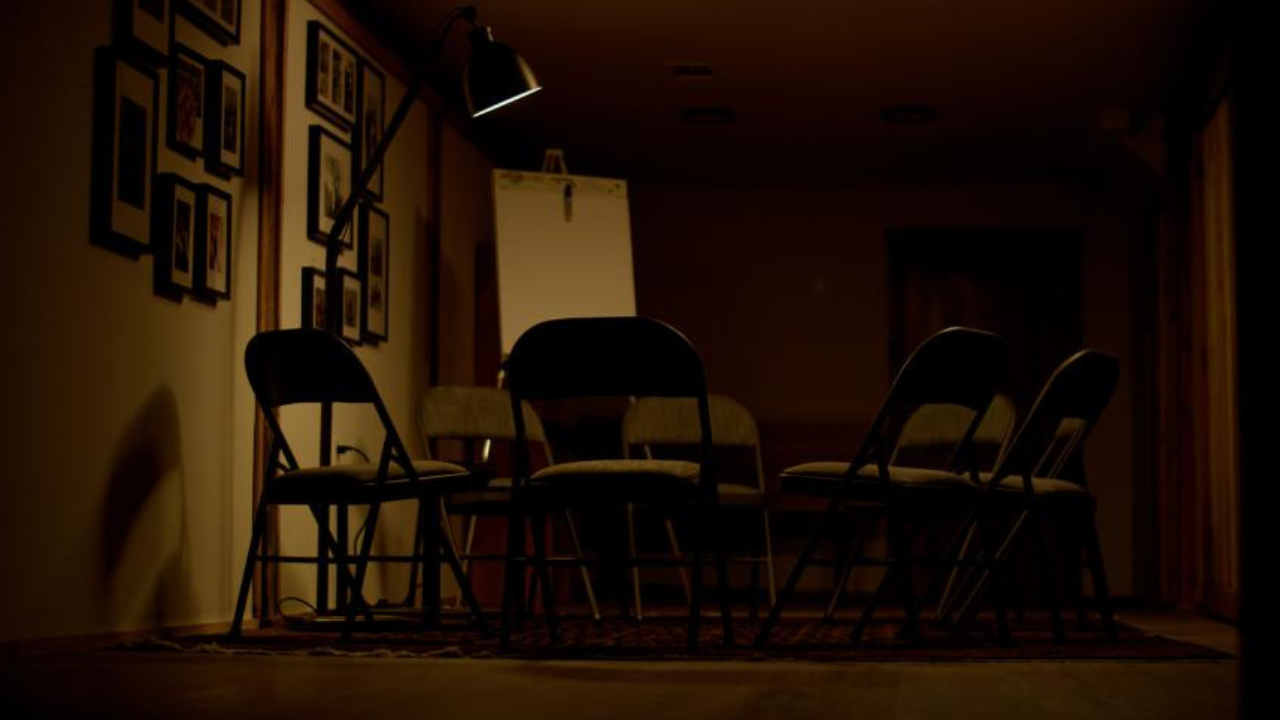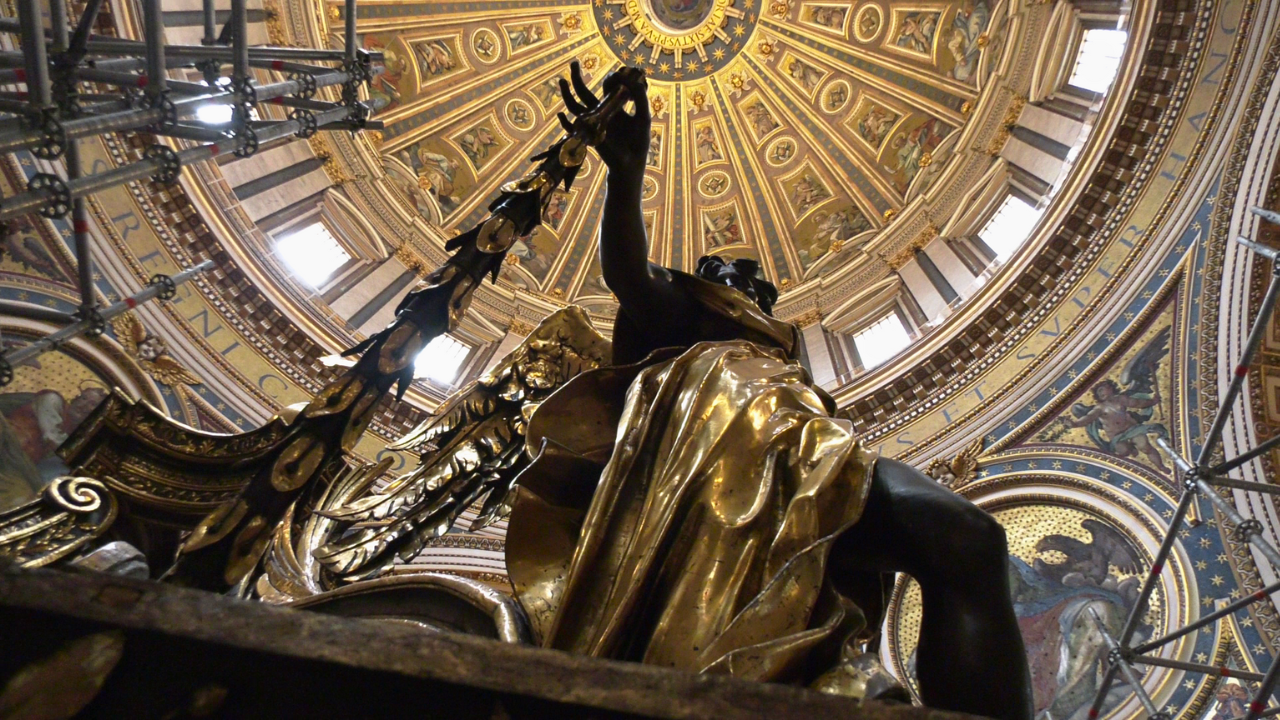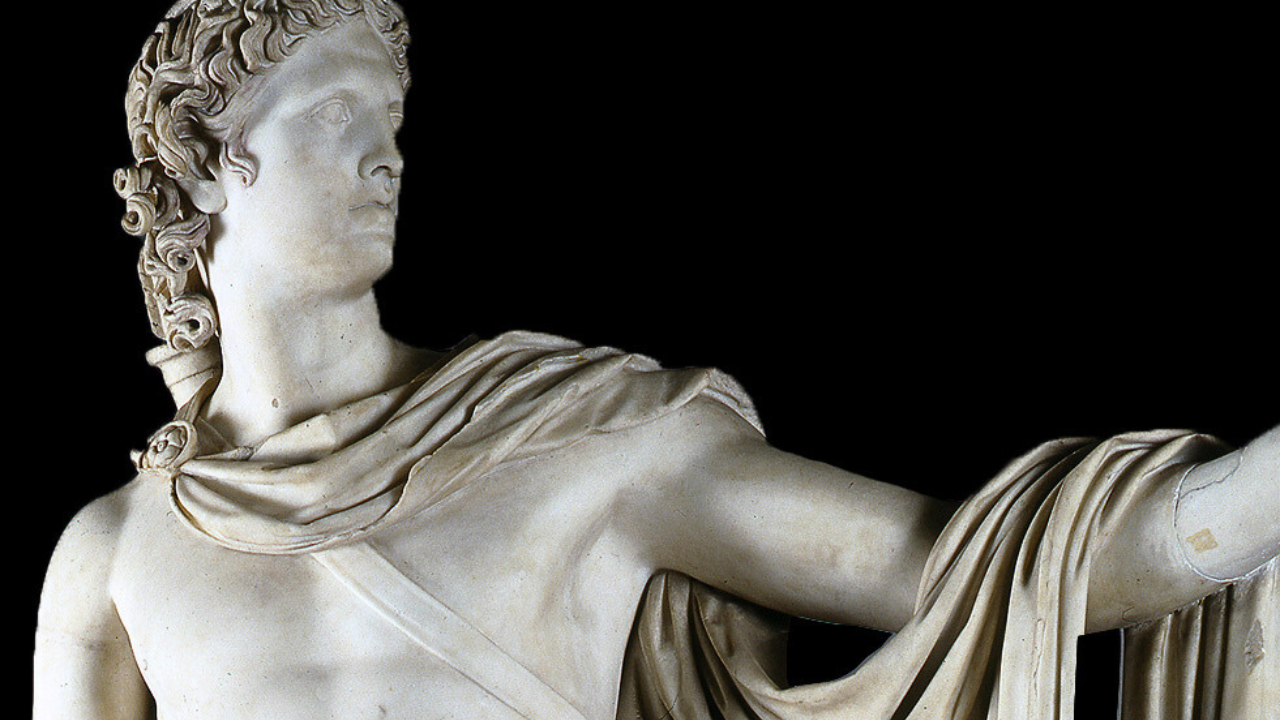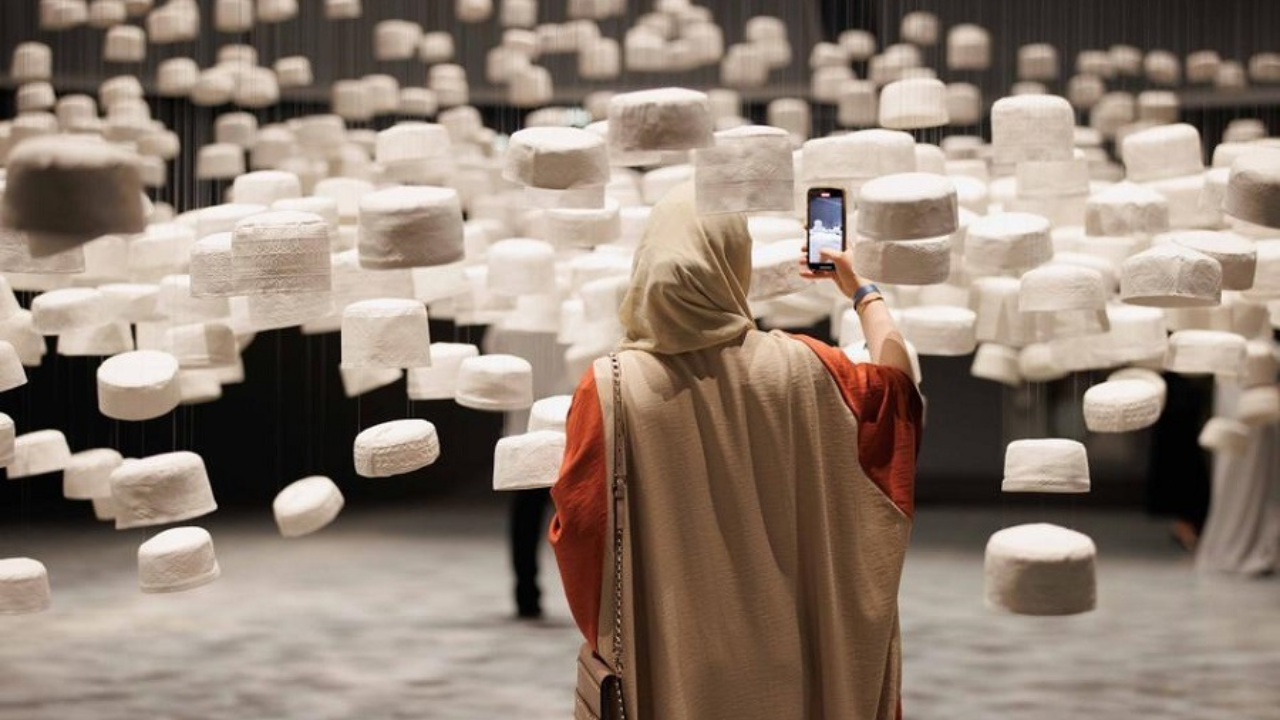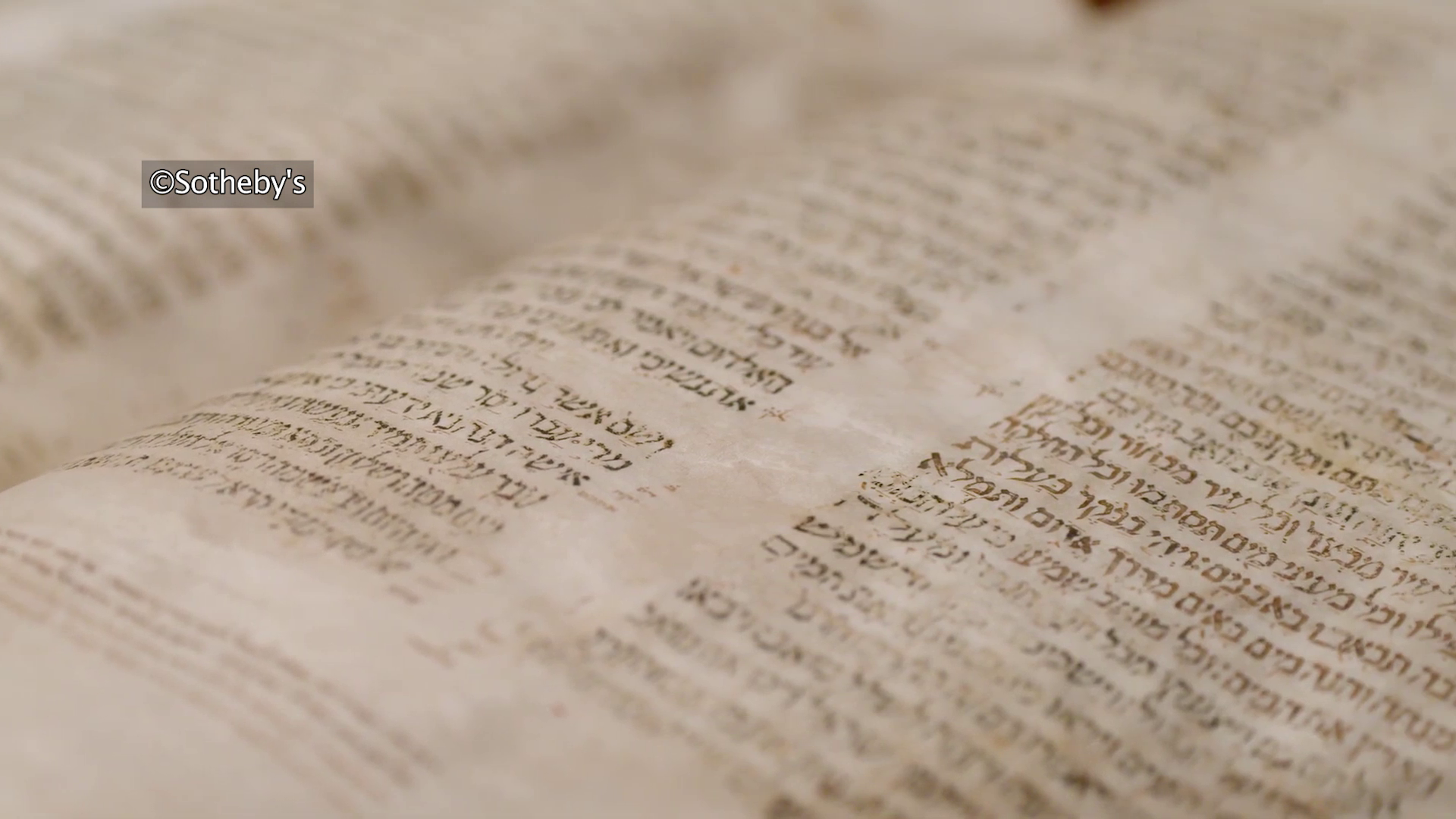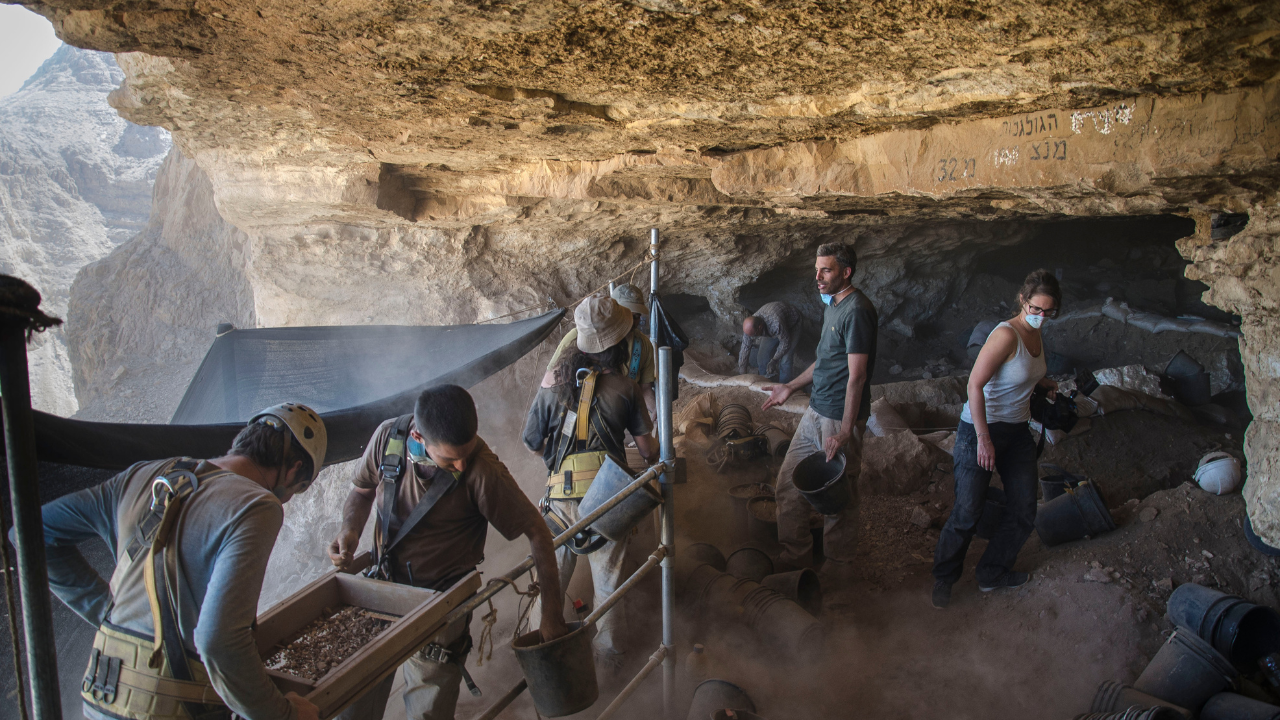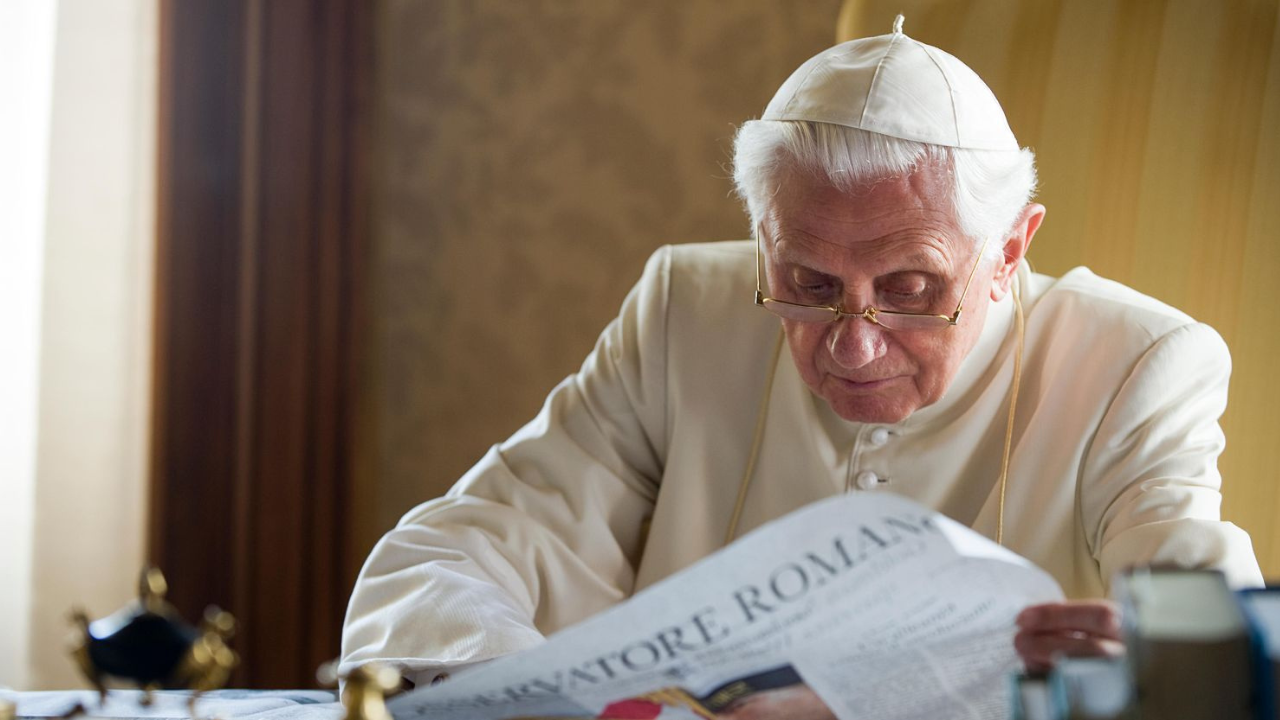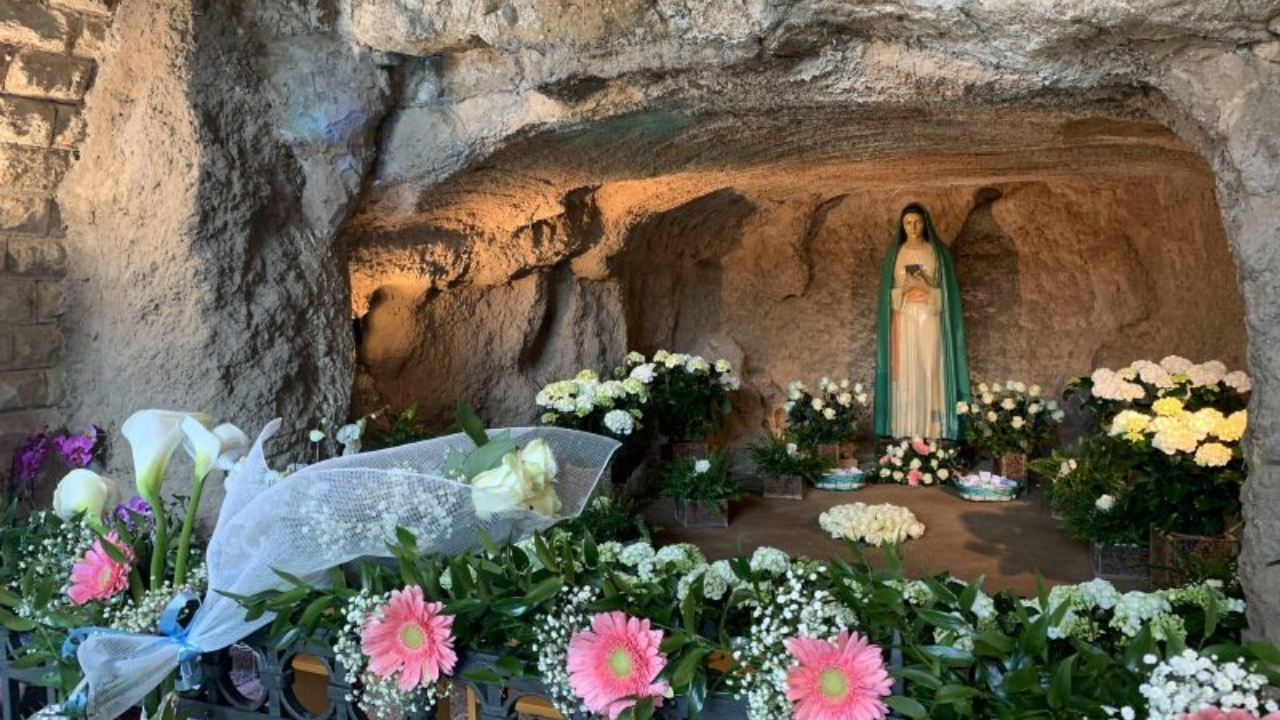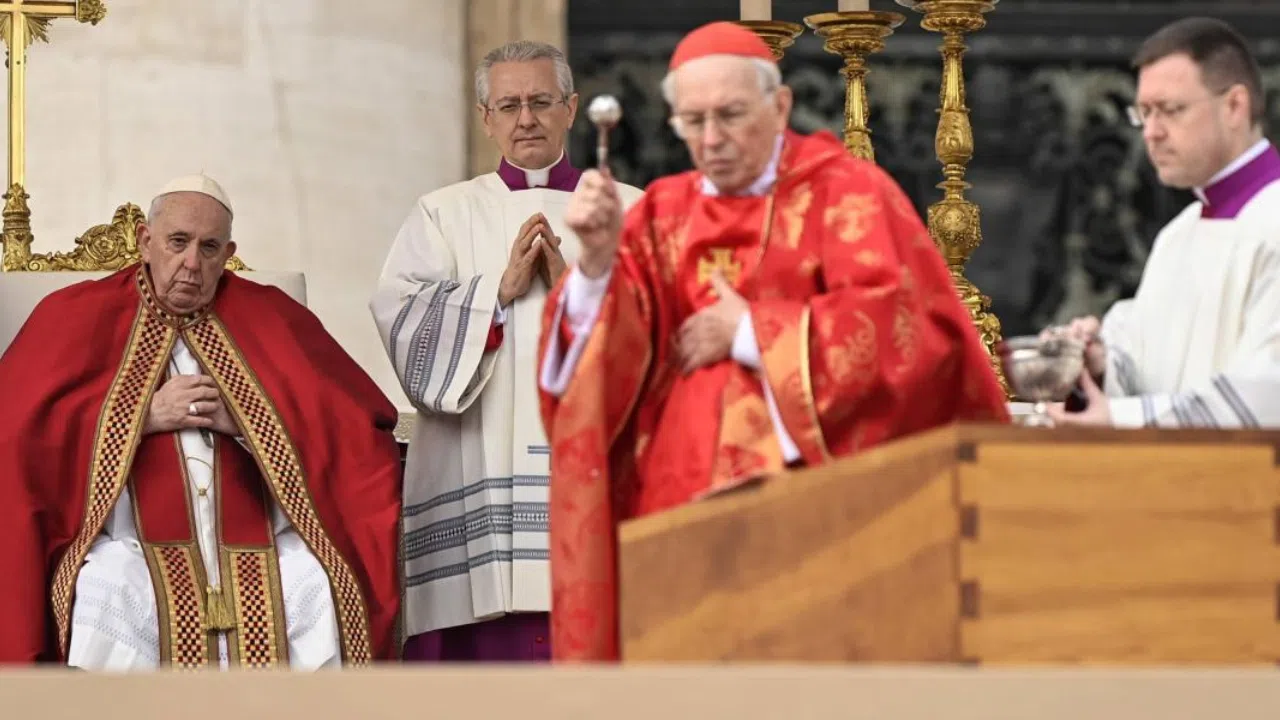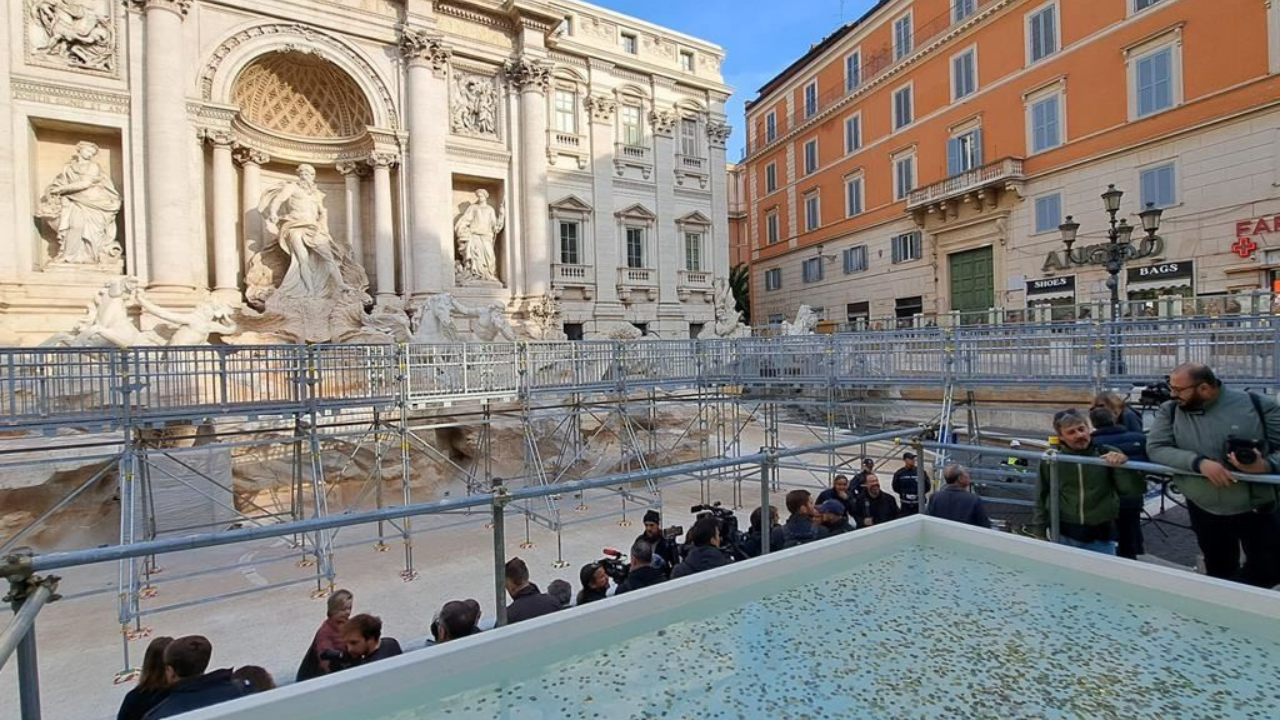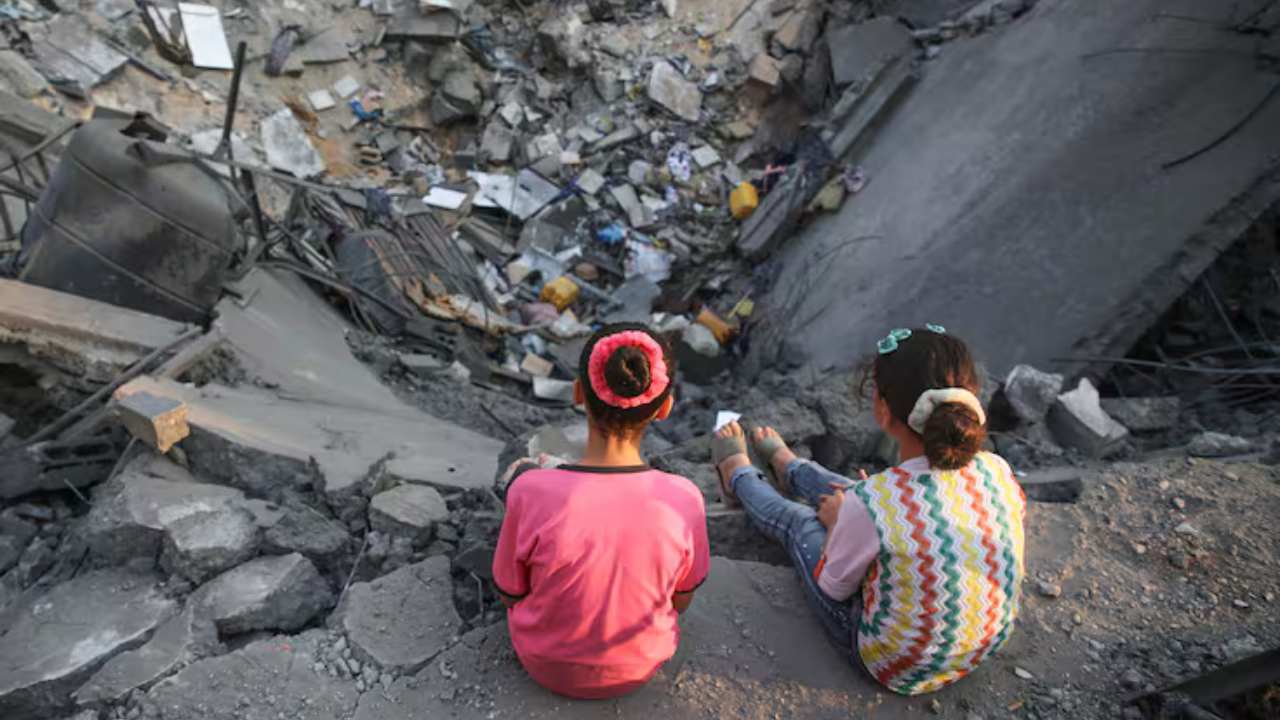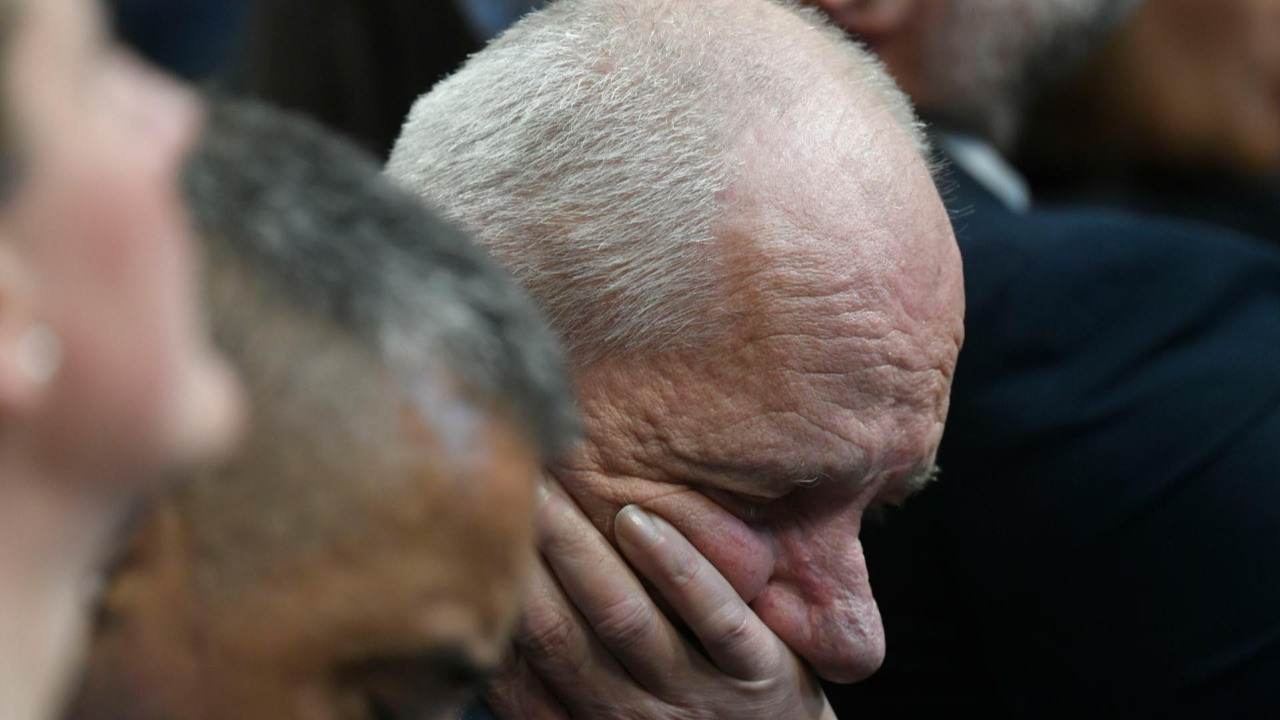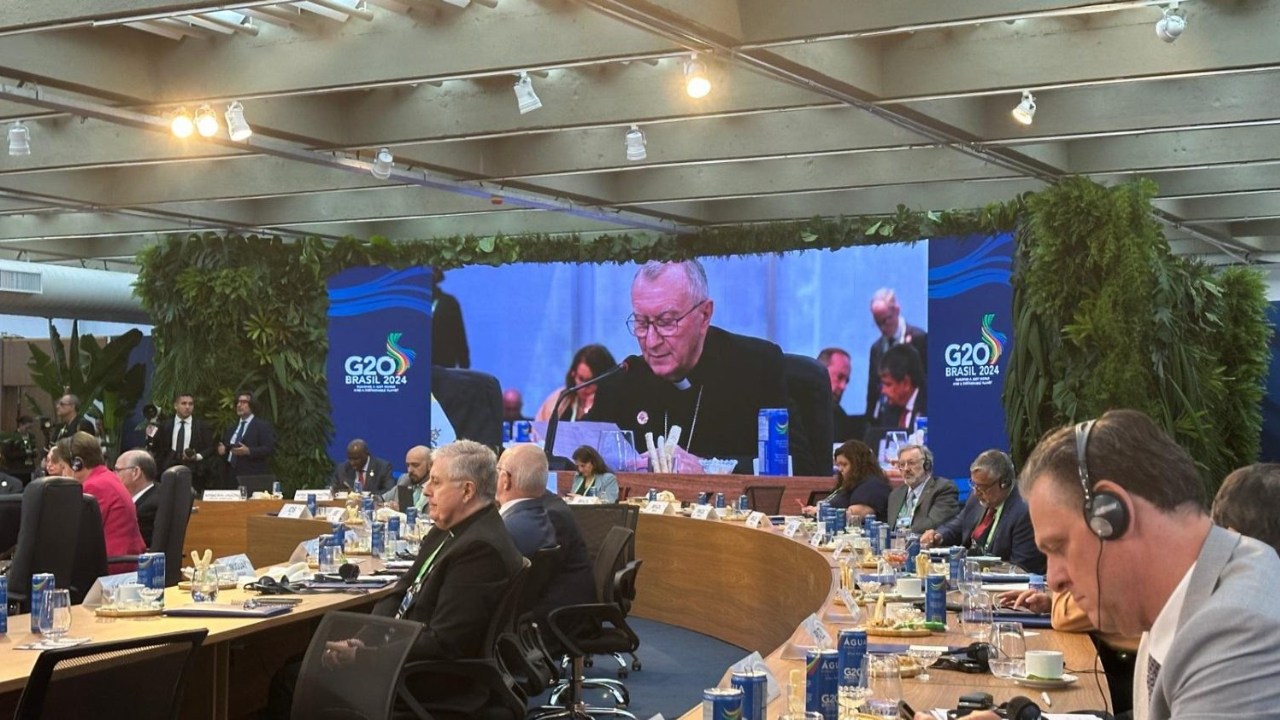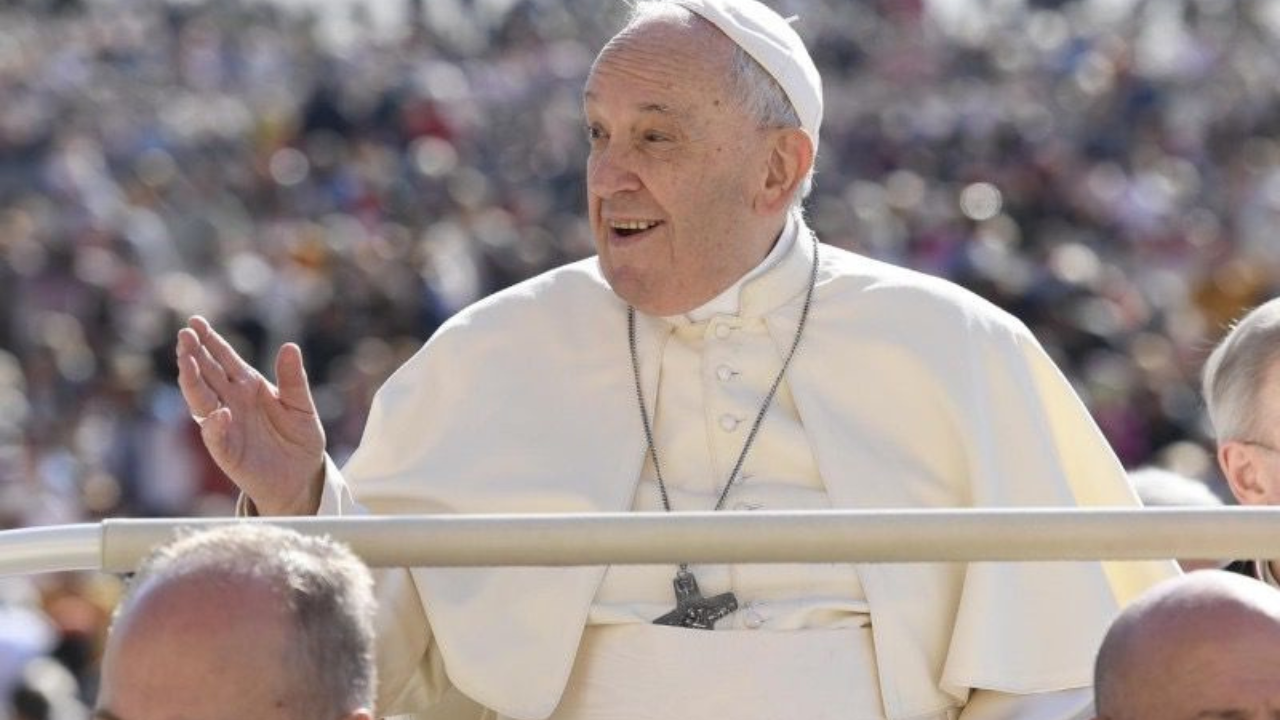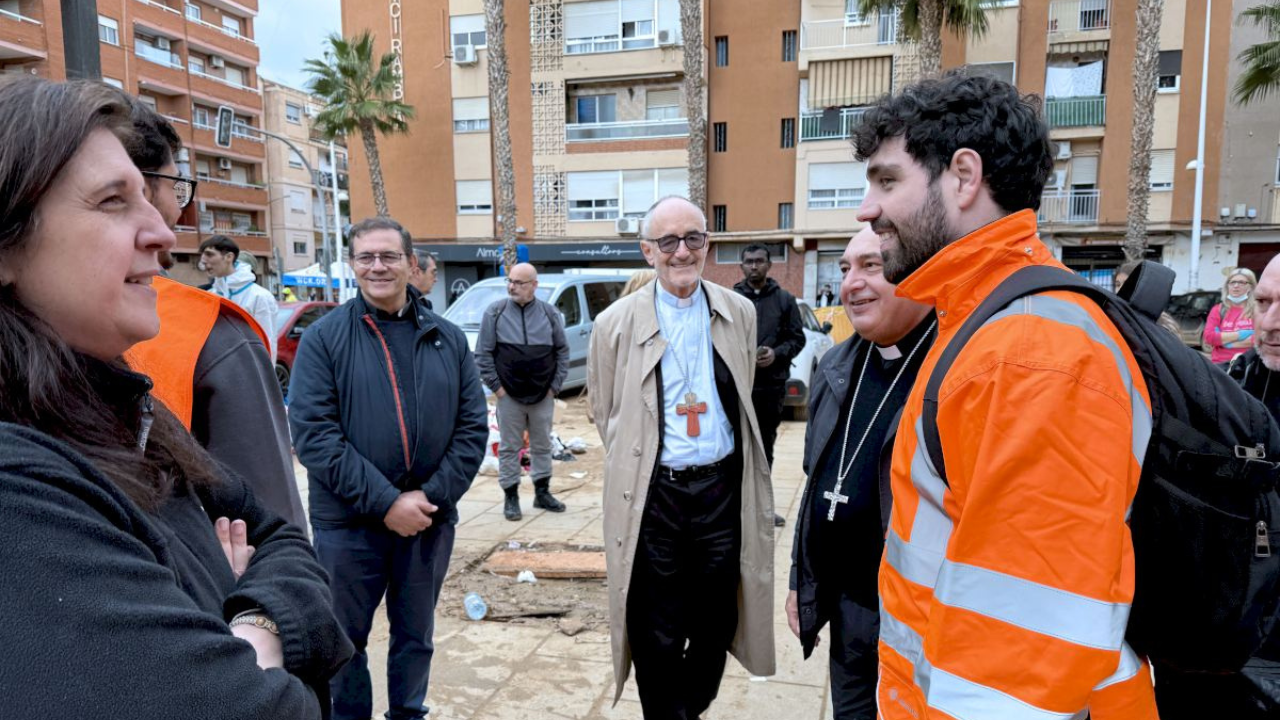In the heart of Rome, hidden in a small street near the popular Piazza Navona, a Renaissance treasure has been restored to its former glory.
This fresco, commissioned by the Sienese banker, Agostino Chigi, and brought to life by Raphael around 1515, decorates the Chigi Chapel in the Church of Santa Maria della Pace.
It depicts four sibyls, the oracles of ancient times, receiving news of Christ's Resurrection from the angels.
ANTONIO FORCELLINO
Art Restorer
“They were also painted by Michelangelo in the Sistine Chapel two years before Raphael took up this project. In fact, these sibyls could be seen as Raphael's response to Michelangelo, because Michelangelo had portrayed them in a more disturbing way, while Raphael, as usual, renders them as very sweet characters.”
The forms of the sibyls' faces allude to the figures Raphael drew upon for his works in those years. The work is another manifestation of his unique approach to art as a whole.
ANTONIO FORCELLINO
Art Restorer
“Raphael is a social intellectual. Unlike Leonardo and Michelangelo, he never works alone. He's always attentive to his surroundings. He looks also to the work of other artists—of Michelangelo, of Leonardo—and takes it even farther. Above all, he pays attention to the ambitions and aspirations of not only painters, but of writers, philosophers and intellectuals.”
Antonio Forcellino, an expert on Renaissance art, who has penned three books on Leonardo, Michelangelo and Raphael, was responsible for the restoration of the fresco, a task he began in February 2020. He explains that the impact of the artist's social sensibility and generosity is felt as strongly now as it was in his own time.
ANTONIO FORCELLINO
Art Restorer
“Raphael is a producer of talents. All his assistants—Giulio Romano, Gianfrancesco Penni—go on to become extremely important artists, because Raphael works with synergy. Raphael sees an important collective future. This is his greatest legacy.”
Always the progressive, Raphael, with this fresco, unites real architecture with painted architecture, an innovation that will later permeate Baroque art and that today continues to be a quintessential example of the unparalleled creativity of the Renaissance.
Claudia Torres
